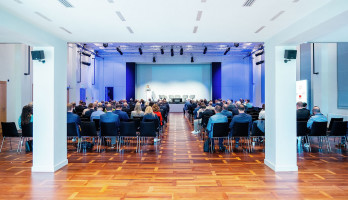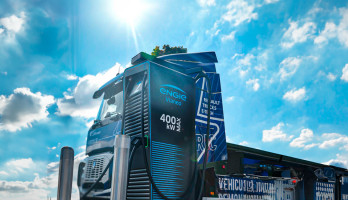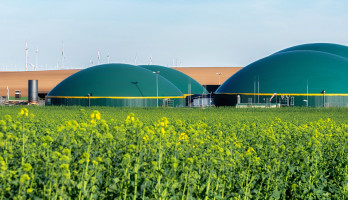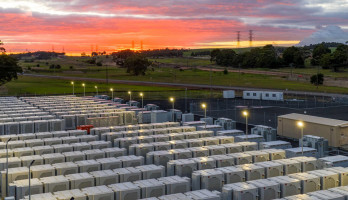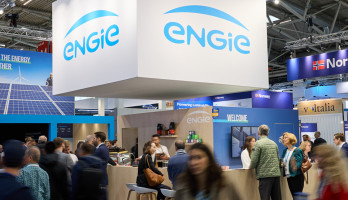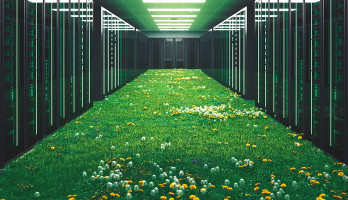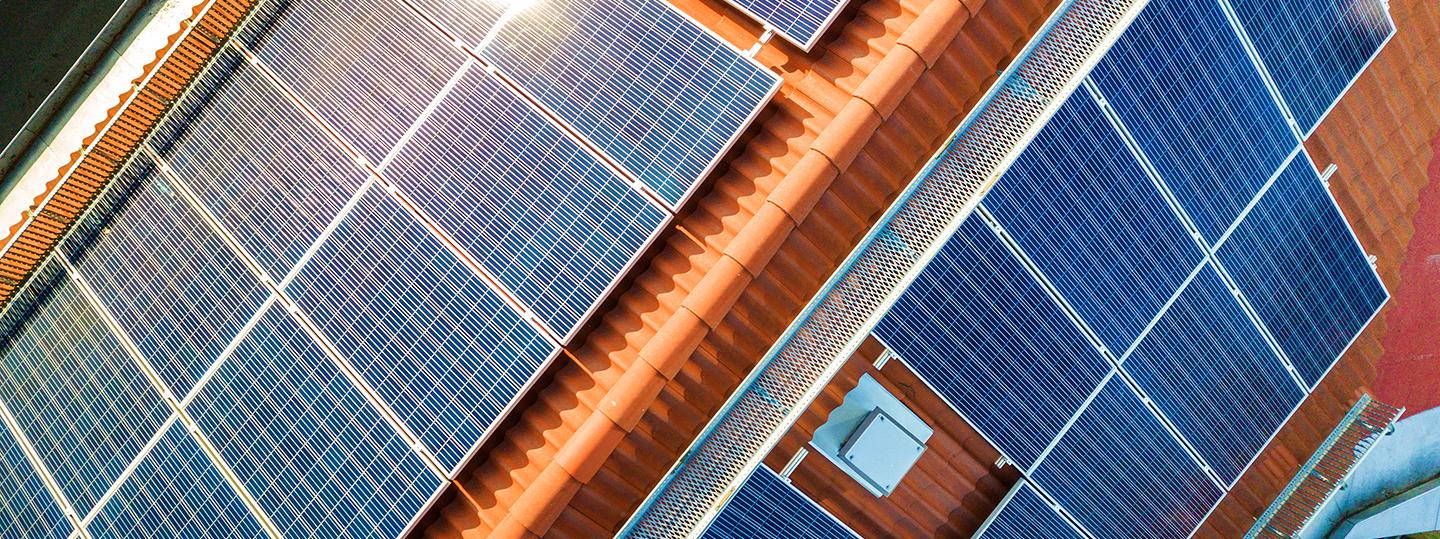
Photovoltaics in architecture – between building technology and design
A guest commentary by Dr. Burkard Schulze-Darup
At first we looked at each other amused but at the same time astonished when a colleague asked: "What is photovoltaic for you – building technology or design element?" We sat together in a beer garden with sufficient distance and let the discussions of an eventful day resonate. The award session of an architectural competition was behind us. All day long, there had been an intense, sometimes borderline argumentative exchange of ideas about design assessments, sensations and understanding of architecture. As always, the whole thing went off in a decidedly refined manner. Never would anyone raise their voice in such illustrious circles. But the arguments about the quality of the designs, functionality, economy and, of course, about the climate protection aspects were sometimes served as with the pointed sword.
Once again today, we had struggled intensively to determine which of the good designs were actually sustainable – and which had the air stamped on them after completion. In the meantime, there were only a few competition architects who did not start from a basic consensus of high building efficiency. The U-value lists or catchy descriptions of the KfW EH 40 or passive house standards were just as standard as the consistently good construction details with technically and design-wise well-solved high insulation thicknesses.
High building efficiency is standard, but photovoltaics?
"Can't the PV question be answered easily after today's meeting? The competition winners have solved it wonderfully..."
"... especially number 1052!" unanimous laughter in the round. This was the design that had come a long way forward, although the PV elements were obviously forced into the architectural concept during the last night session.
"Sure! But all other designs in the top spots have excellent design approaches. In the roof area, the photovoltaic modules were integrated over a large area and part of the designs had a high-quality facade design with integrated photovoltaic modules, whereby individual architects had already taken into account the grid dimensions of standard modules." F. got into the lecturing. "And? What is PV now: Building technology or design?"
Photovoltaic modules as a medium of high-quality architecture
The answer was perfectly clear in this round. "Design-effective building technology...!" The subsequent discussion showed very clearly that we are on the threshold of using PV modules as a means of high-quality architecture. Gone are the days of installing extremely expensive absorbers with elaborate and ugly substructures or even as sun-tracked sails on the roofs, in order to collect every possible kilowatt-hour. The square meter prices of PV elements are lower than those for high-quality facade claddings. The planners are still focusing on the use of the roof surfaces. But it is only a small step until facade-integrated systems become competitive.
The discussion after the competition meeting, however, highlighted the need to include the requirements of renewable systems and their technical building effectiveness in the basic assessment and in the first preliminary design stages. This requires either architectural generalists with a great deal of knowledge about regenerative building technology or successful integrated planning teams from the first phase of performance. High-quality planning not only enables PV integration as a design opportunity, but also leads to high-quality long-term economic efficiency.
The counter model is still common. Architects create the design, the builder gives the blessing after a few rounds of change and only then will energy consultants, building engineers and, in the case of complex buildings, further specialist engineers come and make the most of it. As far as PV planning is concerned, the only question is "How much fits on the roof?" In short: PV as a rather annoying building technology.
But the basic point is this: As long as climate protection is seen as a necessary evil in planning and only ambitious planners implement good solutions – usually with increased persuasion and planning costs – the renewables do not really bring joy. We all know the obstacles: Above all, it is decision-makers who only look at the investment and have neither awareness nor knowledge of life cycle balances.
Building technology with PV and heat pumps is smaller and less vulnerable
We architects are very aware that it is our original task to integrate photovoltaics with a high level of design, building engineering and economic quality into the settlement structures. This is a challenge for which we are only partially trained, but which will become a matter of course in the coming years. As with many innovative approaches, it is about learning by doing. The first one, two projects are tedious. But then it starts to be fun.
All the colleagues who have worked in this field realize that the "new" renewable building systems, e.g. with PV and heat pumps, are much simpler, "smaller" and less vulnerable than many complex supply concepts of the past. In combination with an energy-efficient building shell, the demand values for heating and hot water generation are suddenly significantly lower than those for household electricity. We also have positive energy balances, which not only ensure effective climate protection, but also ensure low housing costs in the long term. As already mentioned: the best investment in the future.
Source: The article was published for the first time on September 22, 2020 in Solarimo's Tenant Power Magazine.
Our Expert
Urban planning issues and neighborhood concepts are becoming increasingly important, including innovative supply solutions and the opportunities for new mobility concepts.
In addition to numerous research projects and publications in recent years, he also focuses on the question of how our existing buildings can achieve climate neutrality by the year 2050.
